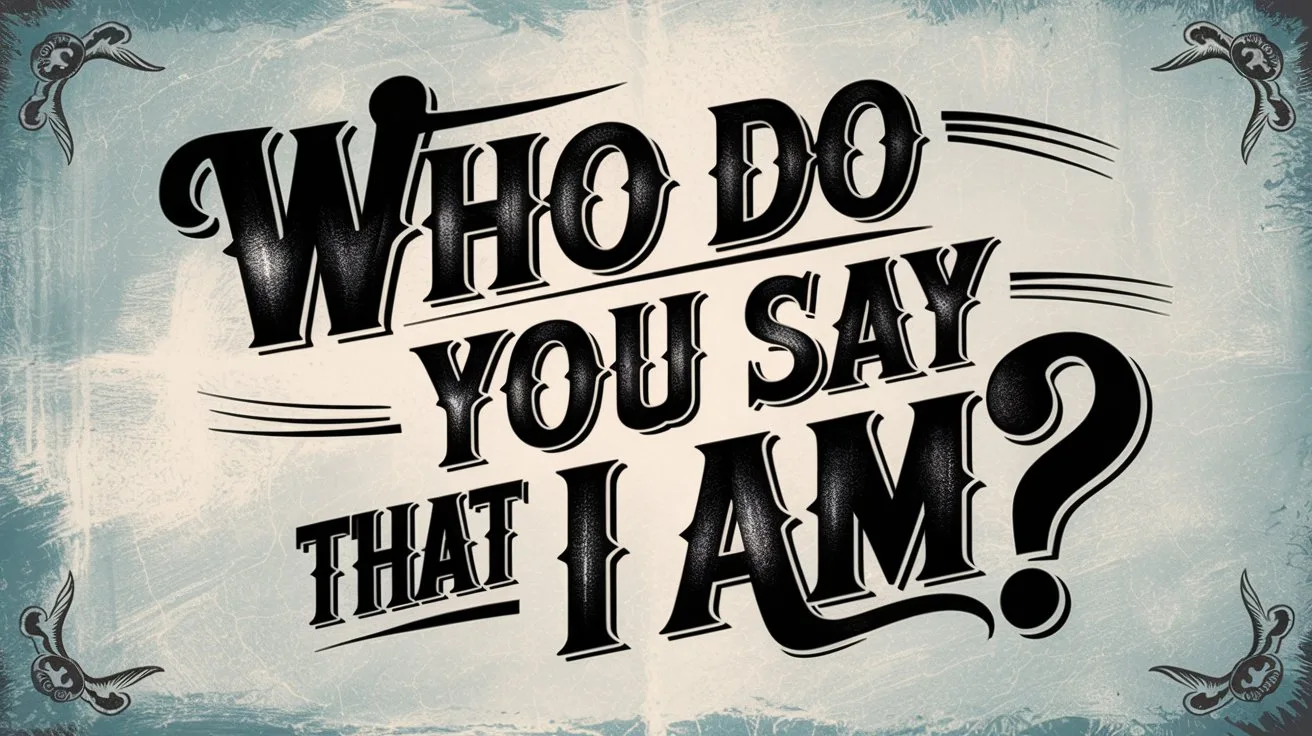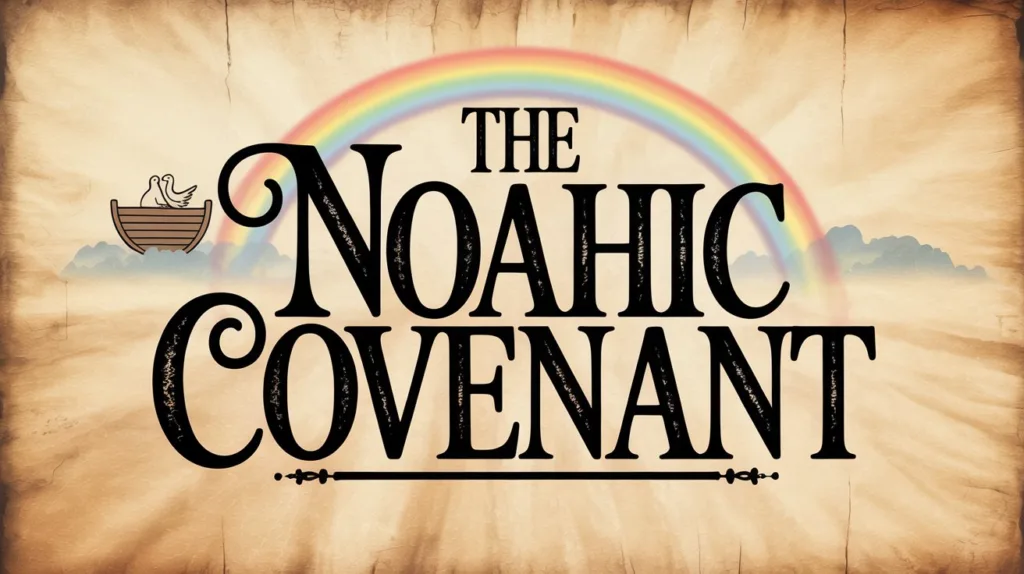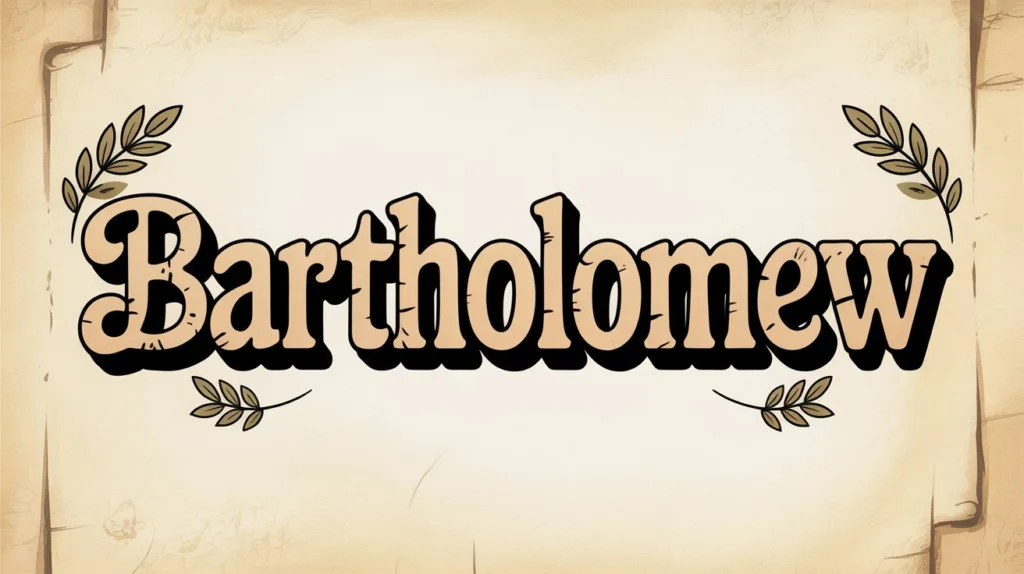Jesus’ question, “Who do you say that I am?” is one of the most profound questions in all of Scripture. It is the dividing line between truth and deception, salvation and condemnation. This question forces every person to wrestle with the identity of Jesus Christ. Was He merely a teacher? A prophet? Or is He God in the flesh?
Let’s examine every instance where Jesus asked this question, how people responded, and ultimately how Jesus Himself proved His divine identity.
Jesus’ Question to His Disciples
One of the most direct instances where Jesus asked this question is found in Matthew 16:13-17:
“When Jesus came into the region of Caesarea Philippi, He asked His disciples, saying, ‘Who do men say that I, the Son of Man, am?’
So they said, ‘Some say John the Baptist, some Elijah, and others Jeremiah or one of the prophets.’
He said to them
‘But who do you say that I am?’
Simon Peter answered and said, ‘You are the Christ, the Son of the living God.’
Jesus answered and said to him
“‘Blessed are you, Simon Bar-Jonah, for flesh and blood has not revealed this to you, but My Father who is in heaven.'”
Here, Jesus first asks what others believe, and the responses are varied, all falling short of the truth. But when Peter confesses Jesus as “the Christ, the Son of the living God,” Jesus confirms that this revelation is not from man, but from God Himself.
This moment is pivotal. Jesus does not correct Peter. He does not deny His identity. Instead, He affirms it. This is the first clear acknowledgment of Jesus’ divine nature from one of His followers.
The Confession of Martha
Before raising Lazarus from the dead, Jesus has another encounter where this question is indirectly posed. In John 11:25-27, Jesus makes a powerful declaration:
*”Jesus said to her, ‘I am the resurrection and the life. He who believes in Me, though he may die, he shall live. And whoever lives and believes in Me shall never die. Do you believe this?’
She said to Him, ‘Yes, Lord, I believe that You are the Christ, the Son of God, who is to come into the world.'”*
Martha’s response mirrors Peter’s. She acknowledges Jesus as the Messiah and the Son of God. Once again, Jesus does not correct her but allows the confession to stand.
The Jewish Leaders’ Response
While Peter and Martha recognized Jesus as the Christ, not everyone responded in faith. The religious leaders accused Him of blasphemy for claiming to be the Son of God.
In John 10:30-33, Jesus makes a bold statement:
*”I and My Father are one.”
Then the Jews took up stones again to stone Him.
Jesus answered them,
‘Many good works I have shown you from My Father. For which of those works do you stone Me?’
The Jews answered Him, saying, ‘For a good work we do not stone You, but for blasphemy, and because You, being a Man, make Yourself God.'”*
The Jewish leaders understood exactly what Jesus was claiming. They rejected Him, but they could not deny what He was saying.
Jesus Before the High Priest
At His trial, Jesus is once again asked about His identity. In Matthew 26:63-65, the high priest demands an answer:
*”And the high priest answered and said to Him, ‘I put You under oath by the living God: Tell us if You are the Christ, the Son of God!’
Jesus said to him,
‘It is as you said. Nevertheless, I say to you, hereafter you will see the Son of Man sitting at the right hand of the Power, and coming on the clouds of heaven.’
Then the high priest tore his clothes, saying, ‘He has spoken blasphemy! What further need do we have of witnesses?'”*
Jesus does not hesitate. He affirms His identity, quoting Daniel 7:13-14, which describes the Son of Man coming in power. The high priest, recognizing this as a claim to deity, tears his clothes (a sign of outrage over what he considers blasphemy).
Jesus’ Claim to Be the “I AM”
Perhaps the most undeniable claim Jesus made to His deity is found in John 8:58-59:
*”Jesus said to them, ‘Most assuredly, I say to you, before Abraham was, I AM.’
Then they took up stones to throw at Him, but Jesus hid Himself and went out of the temple.”*
The phrase “I AM” is a direct reference to Exodus 3:14, where God revealed His name to Moses:
“And God said to Moses, ‘I AM WHO I AM.’ And He said, ‘Thus you shall say to the children of Israel, ‘I AM has sent me to you.’’”
The Jews understood that Jesus was not just saying He existed before Abraham; He was claiming the very name of God. Their immediate reaction to stone Him confirms that they understood His claim to divinity.
Thomas’ Confession
After His resurrection, Jesus appears to Thomas, who had doubted. When Thomas finally sees the risen Lord, he makes one of the clearest confessions in John 20:28:
“And Thomas answered and said to Him, ‘My Lord and my God!'”
Jesus does not rebuke Thomas for calling Him God. Instead, He affirms his faith, saying:
“Jesus said to him, ‘Thomas, because you have seen Me, you have believed. Blessed are those who have not seen and yet have believed.'”
My Final Thoughts
From Peter’s confession to Martha’s faith, from the accusations of the Jewish leaders to the worship of Thomas, the evidence is overwhelming: Jesus Christ is God in the flesh. He did not merely claim to be a teacher or a prophet. He declared Himself to be the I AM, the Son of God, equal with the Father.
The question remains for us today: Who do you say that He is?
Your answer determines everything.
Jesus has given all the evidence (through His miracles, His teachings, His fulfillment of prophecy, His resurrection, and His direct claims). The only right response is to believe in Him, confess Him as Lord, and follow Him with all your heart.





 Get the book that teaches you how to evangelize and disarm doctrines from every single major cult group today.
Get the book that teaches you how to evangelize and disarm doctrines from every single major cult group today.